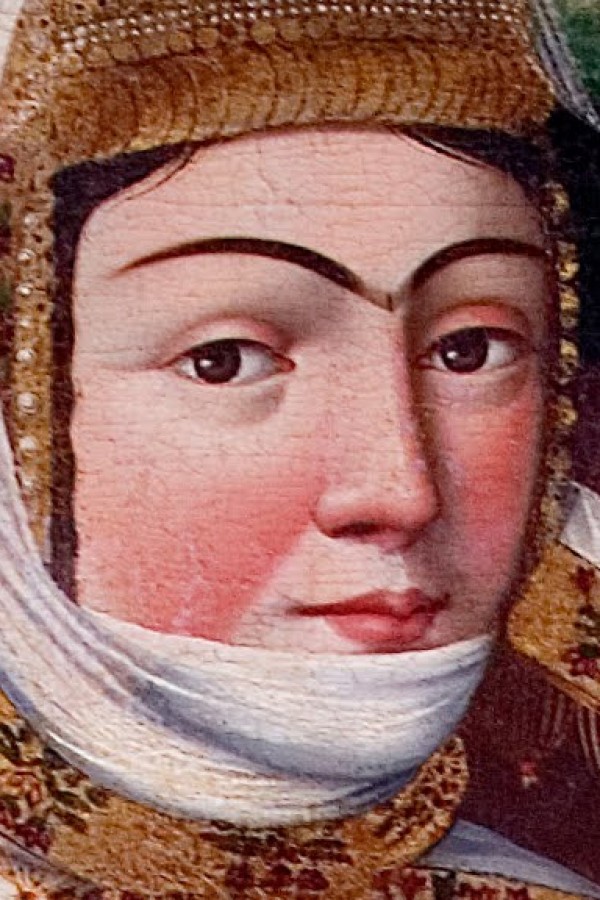What emotions is this person feeling?

Armenian Girl,
c. 1650–1700
-
Bright emotions
-
Not at all Extremely
-
-
Quiet emotions
-
Not at all Extremely
-
-
Heavy emotions
-
Not at all Extremely
-
-
Sombre emotions
-
Not at all Extremely
-
Compare yourself to others
Choose different variables below, and see the patterns of response reflected in the circle of emotion above. Your responses are the coloured wedges. Others' responses are averaged in the spider graph of lines and dots.

Date: c. 1650–1700
Creator of the image: Unknown Date of the image creation: c. 1650–1700 Medium of the image: oil paint Person depicted: Armenian girl The Museum of Islamic Art in Qatar, where the painting is currently held, describes its background in detail: ‘One of only twelve known Safavid oil paintings of its type, this splendid portrait of an Armenian girl symbolises the melting-pot of cultural influences that was late seventeenth century Isfahan. At this time the city was not only the capital of Persia but also one of the great multicultural metropolises of the world. Intense trade and artistic interchange was carried out with the European trading companies, and in the late sixteenth century Shah Abbas had forcibly resettled Armenians from the Caucasus in the city of New Julfa, on the other side of the river from the capital.’ ‘This combination of Europeans and Armenians is the backdrop to the portrait. The girl’s head-wrap marks her as distinctly Caucasian, while the setting for the painting has more in common with Europe — she holds a Venetian wineglass, there is a Russian-style decanter on the table, and the pillars at the back are in an Italian renaissance style. It has been argued that the artists involved in making such portraits were European rather than Persian, such is the strength of European influence on them, but the stiff, formal poses of the figures and the slightly stylized faces suggest that the painters were not fully comfortable with the European tradition.’